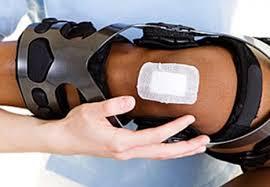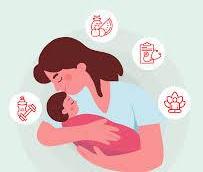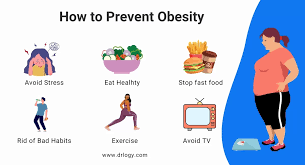Treatments

- Ankslosing Spondylosis
- Asthma
- Bell's Palsy
- Carpal Tunnel Syndrome
- Carebellar Ataxia
- Migraine
- Osteoarthritis
- Paralysis
- Parkinson
- Renal Failure
- Restless leg syndrome
- Epilepsy
- Gout
- Heart Disorder
- Kidney Disorder
- Rhemetoid Arthritis
- Schizophrenia
- Sinus

OCCUPATIONAL disorders
- Back pain
- Bronchial Asthma
- Body Pain
- Cervical Spondylosis
- Constipation
- Diarrhea
- Frozen Shoulder
- Hyper Acidity
- Headache
- Knee Pain
- Lumbar Spondylosis
- Muscle Spasm
- Vertigo

Women's disorders
- Hormonal Disorders
- IBS
- Obesity
- P.C.O.D
- Urinary Disorders
- Thyroid
- Menstral Disorders
- Dysmenorrhea
- Menorrhagia
- Leucorrhea
- Menopause

Senior citizen disorders
- Acidity
- Blood Pressure
- Body Pain
- Edema
- Gastric Disorder
- Hernia
- Indigestion
- Intestine disorder
- Joints Pain
- Piles
- Knee Pain
- Stomach Pain
- Sleeping Disorder
- Ulcer
- Urinary Disorder
- Varicose Veins
- Writer's Cramp

fracture rehabilitation
Fracture rehabilitation is a crucial part of the recovery process after a broken bone, aiming to restore function, improve strength, and enhance joint mobility. It typically involves a multi-phased approach, starting with pain and swelling management, then gradually progressing to range of motion exercises, strengthening exercises, and functional training. The goal is to help patients regain their pre-fracture level of function and return to their daily activities.

post surgery rehabilitation
Post-surgery rehabilitation is a structured process that helps individuals recover from surgery by restoring function, managing pain, and promoting healing. It involves a multidisciplinary approach, often including physical therapy, occupational therapy, and other interventions tailored to the individual's needs. The goal is to help patients regain strength, flexibility, mobility, and independence, allowing them to return to their previous level of function or achieve a new level of functionality.

post delivery rehabilitation
Postpartum rehabilitation is a program designed to help women recover physically and emotionally after childbirth, focusing on restoring strength and function, addressing common issues like pelvic floor weakness and diastasis recti, and promoting overall well-being. It involves a combination of exercises, therapies, and treatments tailored to individual needs and the mode of delivery (vaginal or C-section).

Obesity
Obesity rehabilitation focuses on helping individuals achieve and maintain a healthy weight through a combination of lifestyle changes, including dietary adjustments, increased physical activity, and behavioral interventions. The goal is to reduce obesity-related health risks and improve overall quality of life. Major steps involved are Lifestyle modifications, Medical Interventions, Support & Counseling.
Obesity rehabilitation should address the physical, emotional, and psychological aspects of weight management.
Benefits of Obesity Rehabilitation:
- Reduced risk of obesity-related health problems such as type 2 diabetes,
heart disease, and certain cancers. - Improved quality of life.
- Increased energy levels.
- Enhanced self-esteem.


